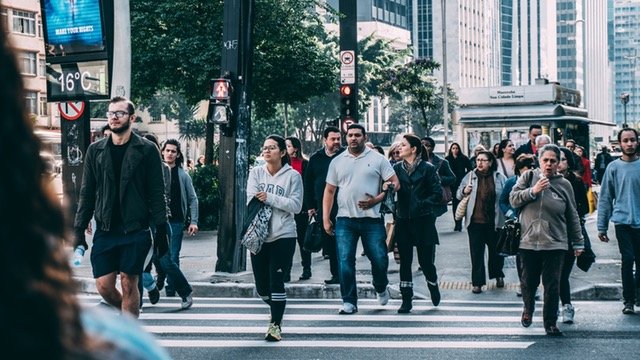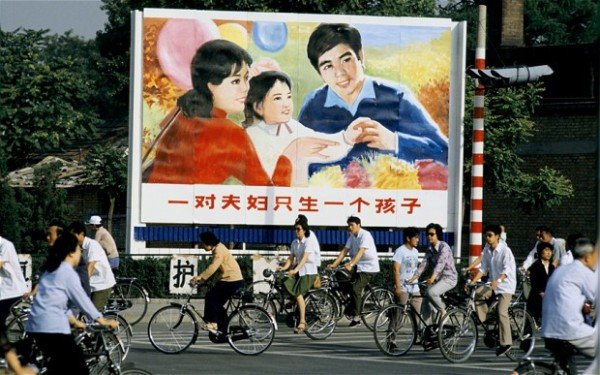Global Population Challenges Predicted in Near Future
An ever growing global population is one of the biggest challenges that will face the world in the coming decades, several reports have shown. 2012 was a milestone year when the population was estimated to have passed seven billion for the first time. However, this is a figure that shows no signs of slowing down in coming years. According to a United Nations report, it will pass eight billion by the year 2027, before passing nine billion just over two decades later in 2050.
Stabilization of the world’s population is something that many people think should be prioritised in order for the human race to battle against many of the great challenges of our time including poverty, food and water shortage and climate change. Here are just a few of the challenges that have been identified by experts that will affect people all over the world.
Ageing Population
People living longer – particularly in advanced western societies – is one of the main contributing factors to population growth around the world. As an illustration of this fact, in the UK, it has been estimated that 1 in 3 babies born in the year 2013 or beyond will live past their 100th birthday.
Firstly, this means that care bills and medical costs are likely to skyrocket in coming years as people need support for a complex range of health issues. As well as this, the retirement age is likely to be pushed up as it will become unsustainable for the working age population to support so many pensioners.
With age, comes experience so one of the challenges of future societies will be to harness the expertise of an older population for the good of mankind.
A Housing Crisis
Many western countries have found that they are struggling to build enough affordable homes for people. In the last two or three decades in particular, housing costs have spiralled out of control, and many young people have found it next to impossible to get their foot on the housing ladder without significant financial support.
Communities continue becoming more developed and urbanised, meaning the sites that are available for development have more complications and require a geotechnical consultant and other experienced planners to solve the issues. As the population increases, the issue of space becomes a major one.
Uneven Growth
Even though global population as a whole is on its way up quickly, that’s not to say that every country is growing at an equal rate. While many countries in Africa and Asia continue growing apace, countries in western Europe and other advanced areas of the world may see a decline.
With this imbalance, comes challenges. More people may see less populated countries as attractive places to live, causing a continuation of the mass migration we have seen in recent years. Within poorer countries themselves, cities may no longer be able to cope with population rises so people could be forced out into shanty towns or other temporary accommodation.
Growing Inequality
In the last few years in particular, we have seen a growing gap between very rich and very poor people. Rather than being constrained to a handful of countries, this seems to be something that is happening in nations across the globe. A rapidly growing population means that the concentration of wealth in the hands of the few will inevitably bring problems.
People from poorer communities, particularly those in underdeveloped countries, are likely to have the highest number of children. More people born in these conditions mean more people that are in need of the most support.
Feed the World
Perhaps the most pressing concern is how to feed the extra billions of people who will be coming into the world in the next few decades. The 20th century saw a so-called ‘green revolution’ which significantly increased food production through irrigation, pesticides and fertiliser.
With the increase of industrialised agriculture, it was initially thought that global food production would continue at a rapid rate. However, some research has shown that it is currently stagnating. The current high yields of food require fossil fuels amongst other things. As they become more difficult to obtain, it is likely that prices will continue to be pushed higher and higher.
On top of this, soil erosion has continued to increase over time due to intensive farming practices, meaning there will be less space for growing crops in the future. Also, it is still unknown how any climate change of the next few years will impact on farming.
Environmental Pressure
There’s no doubt that human beings have has an enormous impact on the environment, and with a growing population, comes increased challenges. Global warming and climate change are two hotly debated issues that will continue to come up time and time again in the future.
One of the big challenges is that much of the population growth that is happening is is poorer areas of the world. Countries like China and India, which have the two biggest populations in the world, are in the process of rapidly industrialising. They also don’t have the same environmental and pollution controls of other western countries.
Whatever side of climate change people fall on, there is no doubt that the world will have to come together as a whole to take on the challenges of human’s impact on the environment.
Only by tackling these issues head on will the world be able to deal with the challenges brought on by a rapidly increasing population. We now live in a more interconnected world than ever before, brought together by the power of technology. Responses will be required quickly, and the sharing of ideas is something that needs to continue in order for a consensus to be drawn.
Ultimately, there will be no right or wrong answers as population growth is something that will happen unevenly throughout the world. But despite this unevenness, the challenges that arise will affect each and every individual on Earth.



